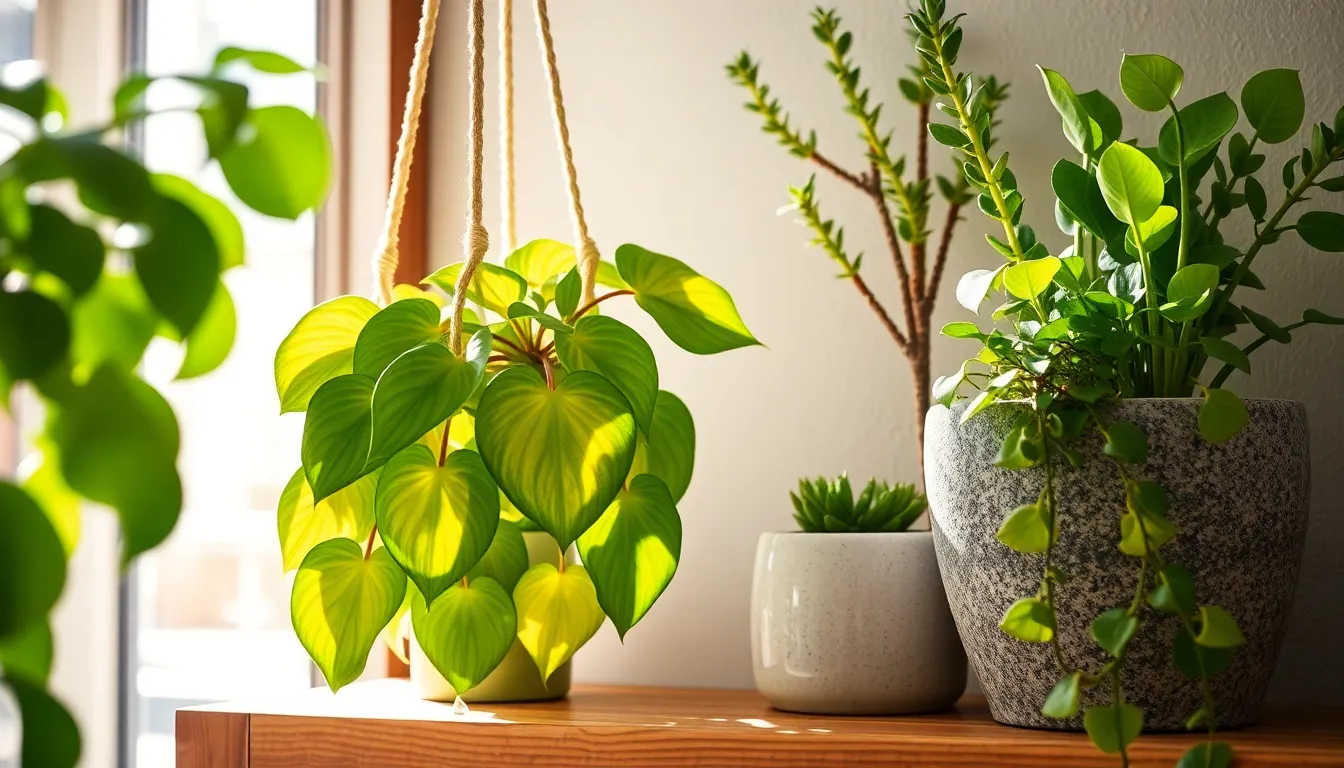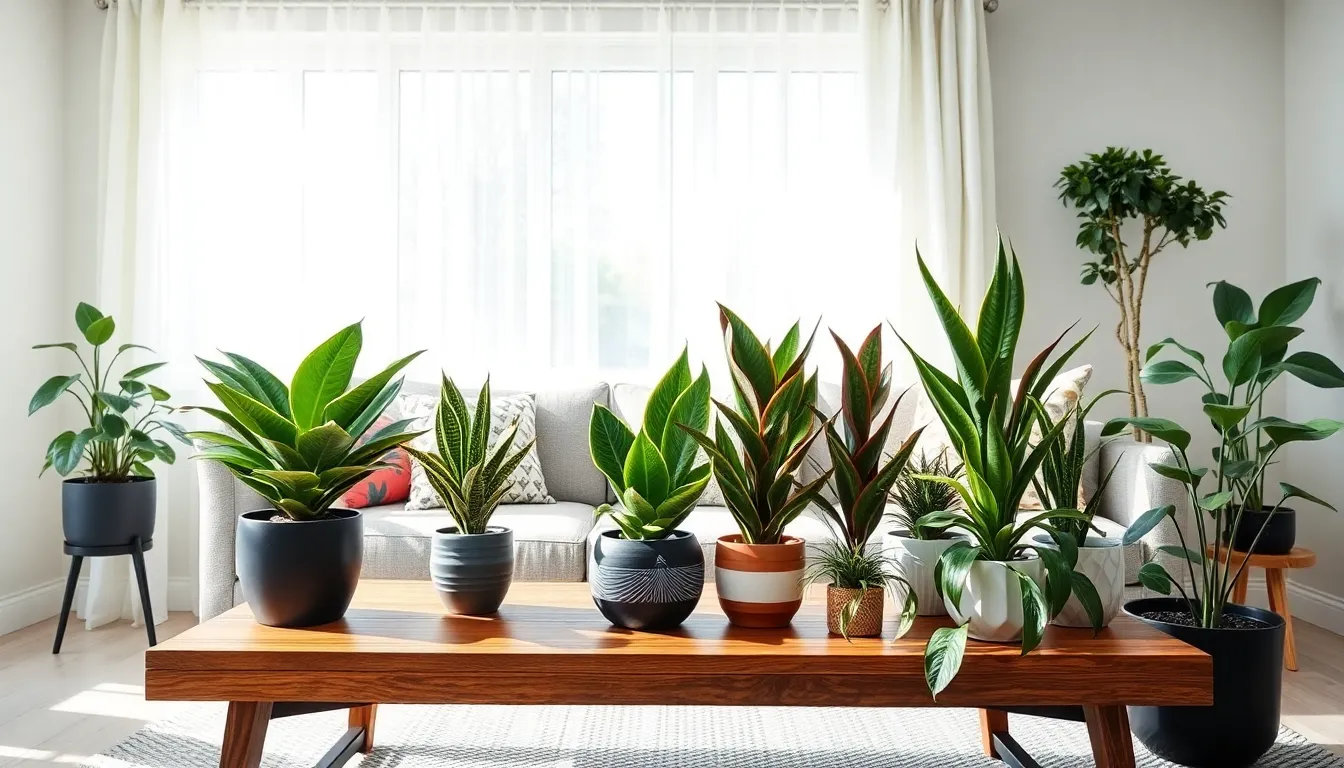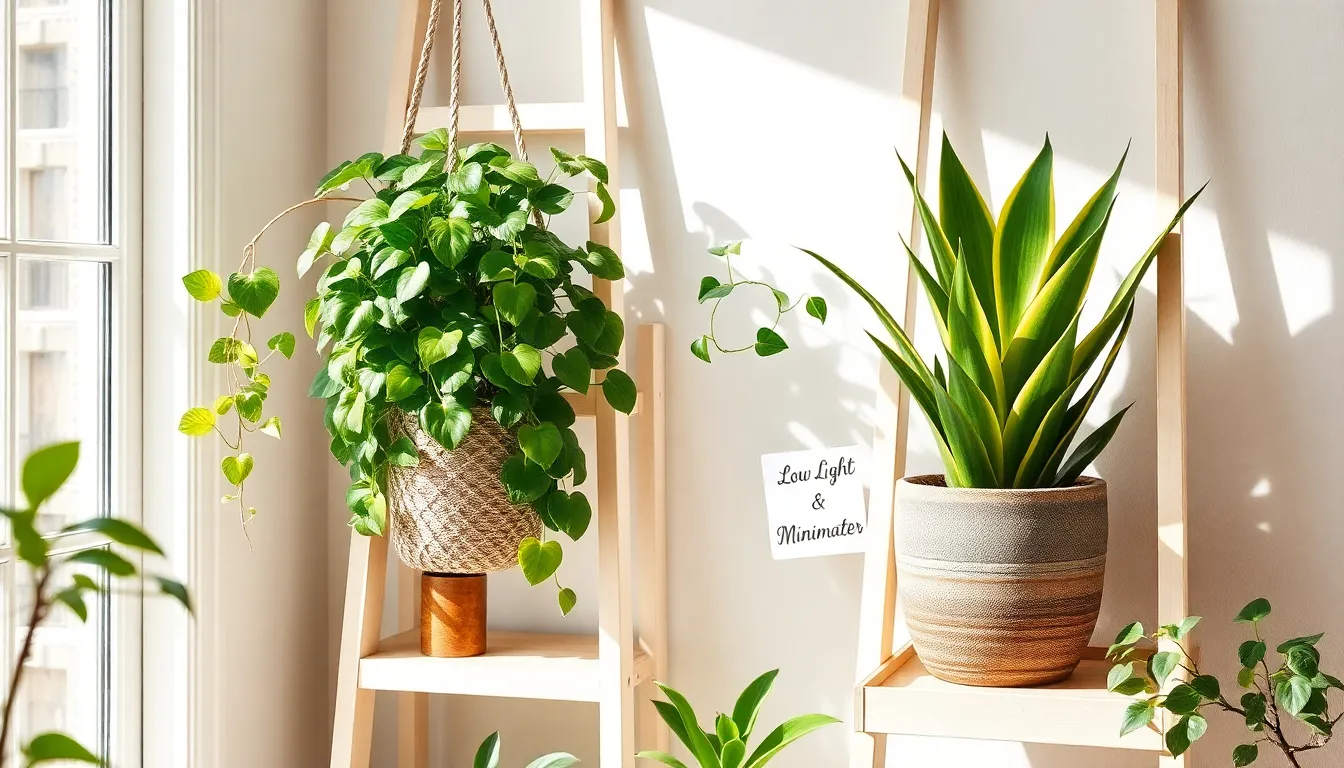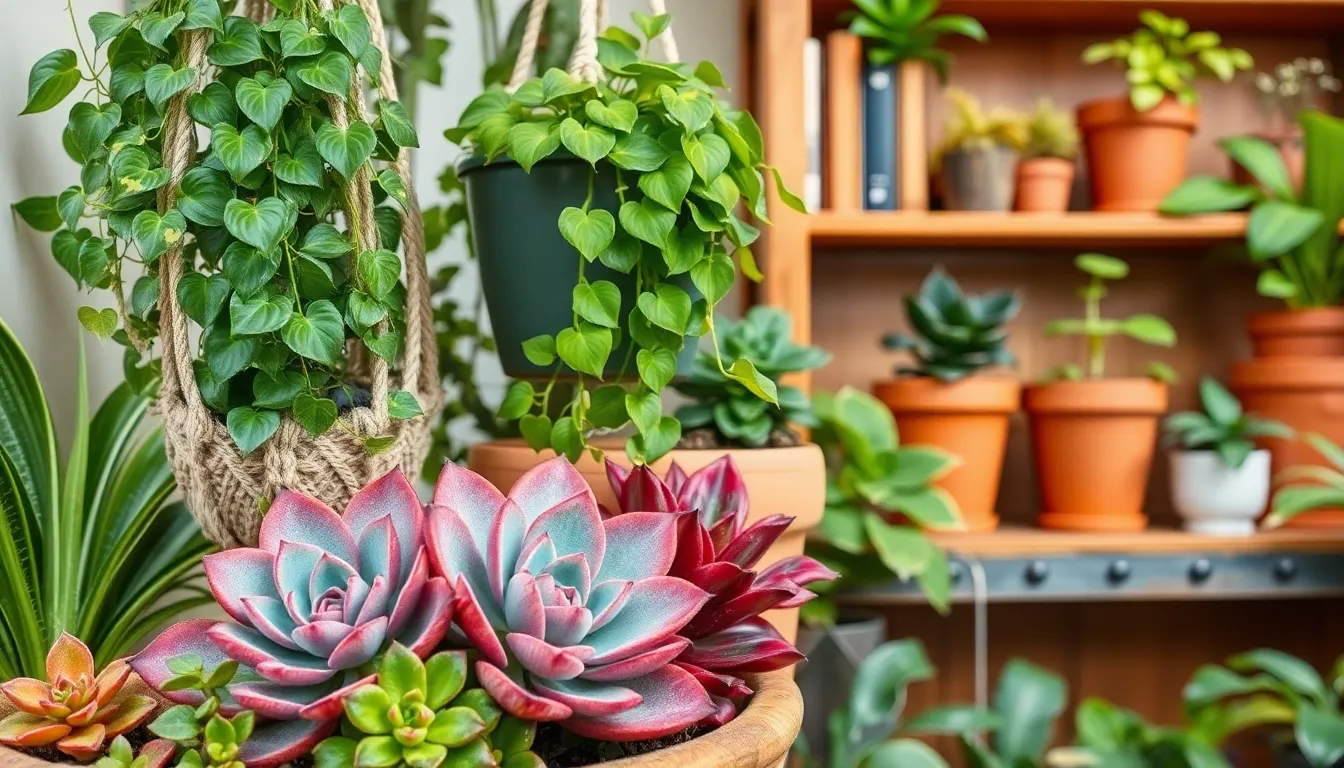Bringing a touch of nature indoors can transform any space into a haven of tranquility and beauty, and you don’t need a green thumb to get started. Whether you’re a seasoned gardener looking to expand your indoor jungle or a curious beginner eager to embark on a new leafy journey, the world of indoor plants offers something for everyone. These living companions not only elevate the aesthetic of your home but also improve air quality and boost your mood, making them a must-have for modern living.
In this article, we’ll introduce you to a selection of the most resilient and undemanding indoor plants that are perfect for beginners. You’ll discover how easily these green friends can thrive with just a little bit of love and attention, fitting seamlessly into your lifestyle. From understanding the basics of light and water requirements to learning how to spot common plant issues, you’ll gain the knowledge needed to nurture your indoor oasis with confidence. So, let’s dive into the delightful realm of easy indoor plants and uncover the joys of indoor gardening, one leaf at a time.
Choosing Beginner-Friendly Plant Varieties
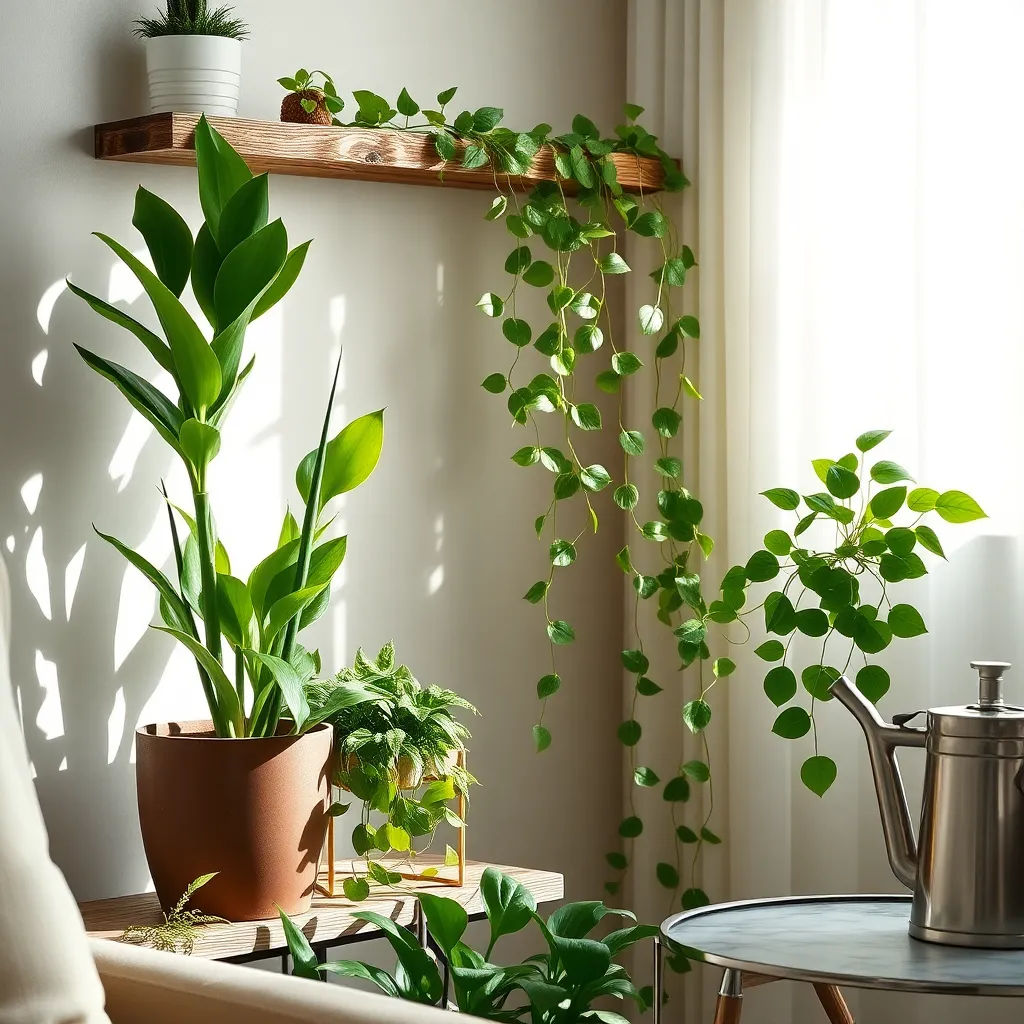
When selecting plants for an indoor garden, it’s essential to consider varieties that are low-maintenance and forgiving of a beginner’s learning curve. Snake plants (Sansevieria) are a great choice, thriving in low light and requiring infrequent watering, making them ideal for busy or forgetful gardeners.
An excellent beginner-friendly plant is the pothos, known for its resilience and adaptability to various environments. Regularly check the soil and water only when it’s dry to the touch, as overwatering is one of the few challenges these hardy plants face.
Another superb option is the peace lily, which brightens up any indoor space with its lush leaves and occasional white blooms. Ensure it’s placed in a spot with indirect sunlight and keep the soil consistently moist but never waterlogged for optimal growth.
For those interested in a more exotic touch, consider the ZZ plant, which is renowned for its glossy leaves and ability to tolerate low light and drought conditions. It thrives with minimal care, needing just a loose, well-draining soil and watering every 2-3 weeks, allowing the soil to dry out completely between waterings.
Ideal Light Conditions for Growth
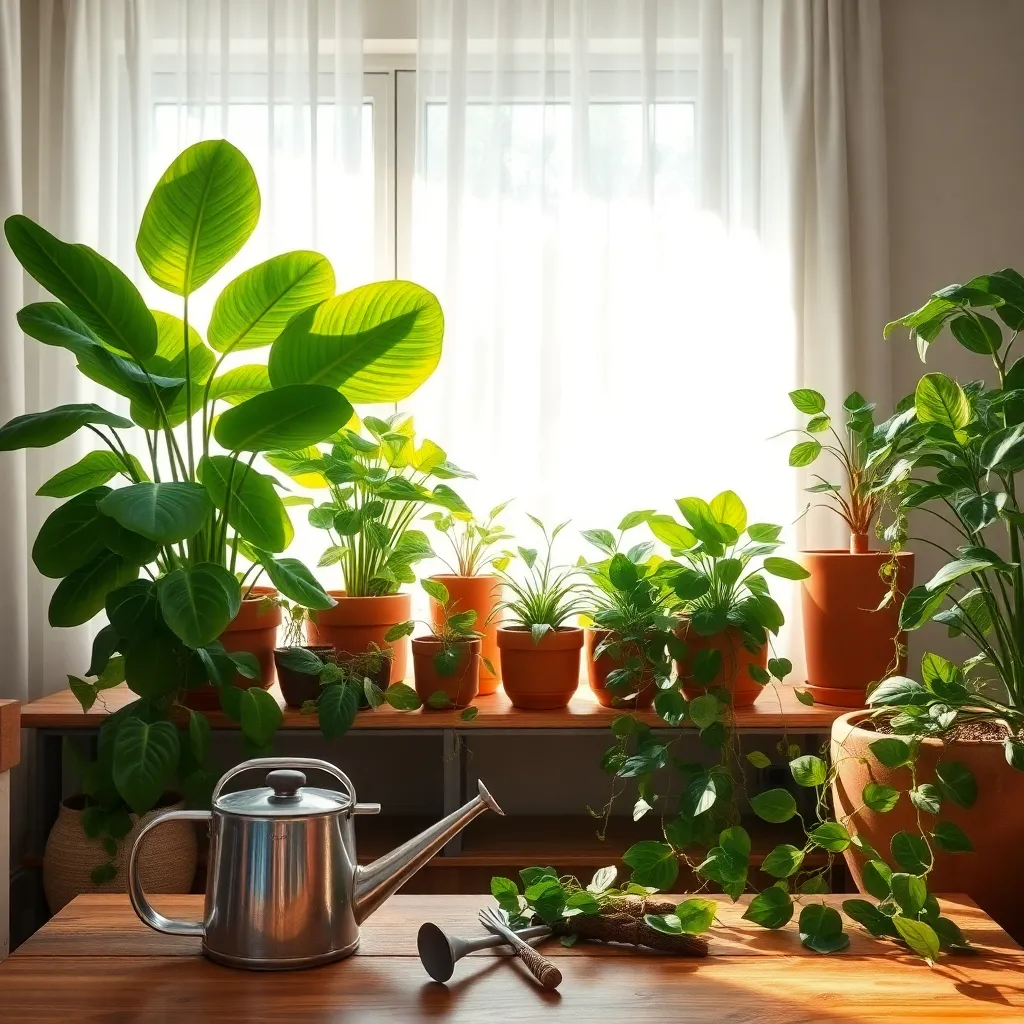
Understanding the light needs of your indoor plants is crucial for their growth and well-being. Most beginner-friendly houseplants thrive in bright, indirect light, which mimics their natural habitat under the forest canopy.
Place your plants near a north or east-facing window to provide them with adequate illumination. If natural light is limited, consider using grow lights to supplement the light conditions, ensuring that the plants receive at least 12 hours of light per day.
Some plants, like the snake plant and pothos, are particularly forgiving and can tolerate low-light conditions. However, it’s essential to rotate your plants regularly so that all sides receive equal light exposure, promoting even growth and preventing leaning.
For advanced gardeners, understanding the specific light requirements of each plant species can enhance their indoor gardening success. Utilize a light meter to measure the intensity of light in different areas of your home, and adjust plant placement accordingly to optimize growth.
Simple Watering Tips and Tricks
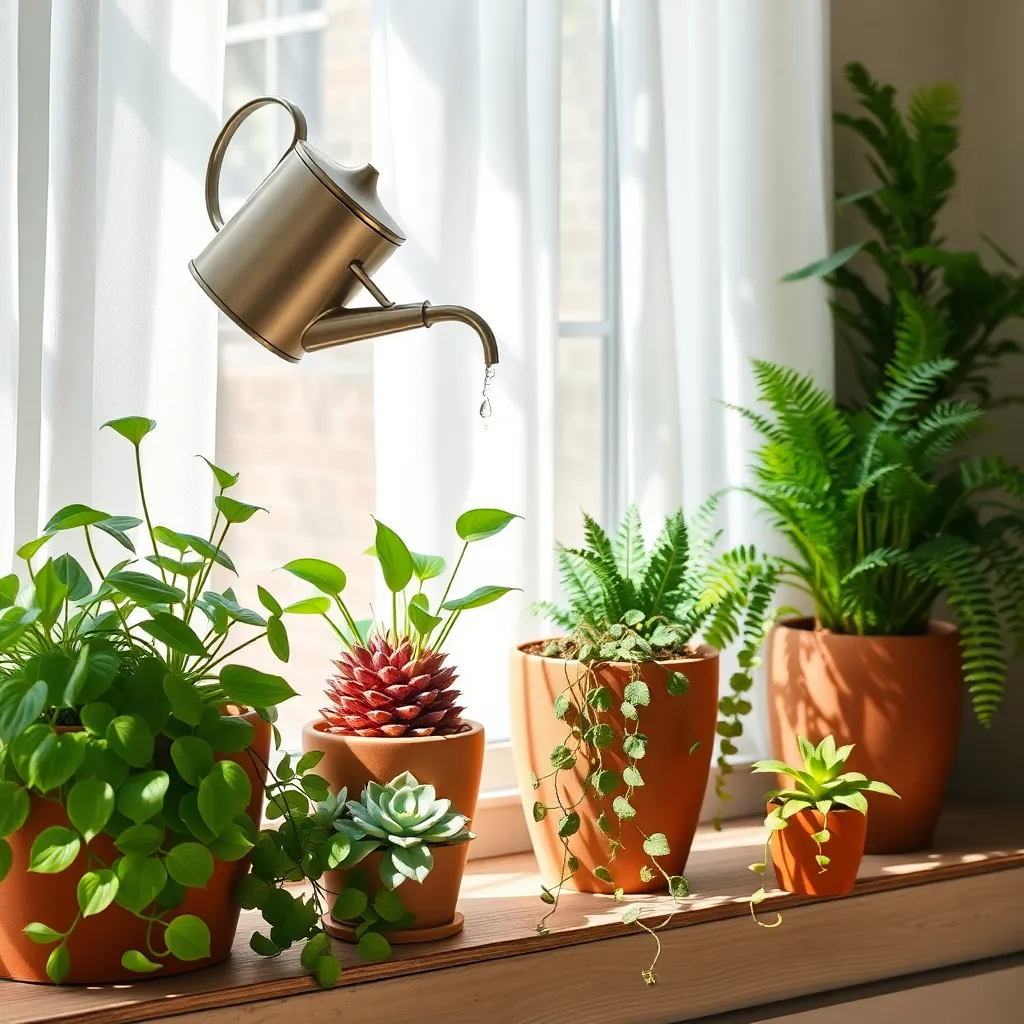
Watering your indoor plants effectively is crucial for their health and vitality. To start, it’s important to determine the specific watering needs of each type of plant you have. Succulents and cacti, for example, need less frequent watering compared to tropical plants like ferns. Knowing these differences will help you avoid overwatering, which is a common mistake among beginners.
One simple trick is to use your finger to test the moisture level in the soil. Insert your finger about an inch deep into the soil; if it feels dry, it’s time to water. Alternatively, you can use a moisture meter for more precise measurements, which is particularly useful for plants with specific moisture requirements.
Avoid soaking your plants with water, as this can lead to root rot, especially in pots without proper drainage. Always ensure that your pots have drainage holes and use a saucer to catch excess water. If your plant’s soil remains consistently wet, consider re-potting it in a well-draining soil mix, such as one containing perlite or sand, to improve aeration and prevent waterlogging.
For a more advanced approach, consider setting up a routine that adjusts with the seasons. Plants generally require less water during the winter months when their growth slows down. By observing your plants and adjusting your watering schedule accordingly, you can promote healthier growth and prevent common issues like yellowing leaves or stunted growth.
Basic Soil and Potting Needs
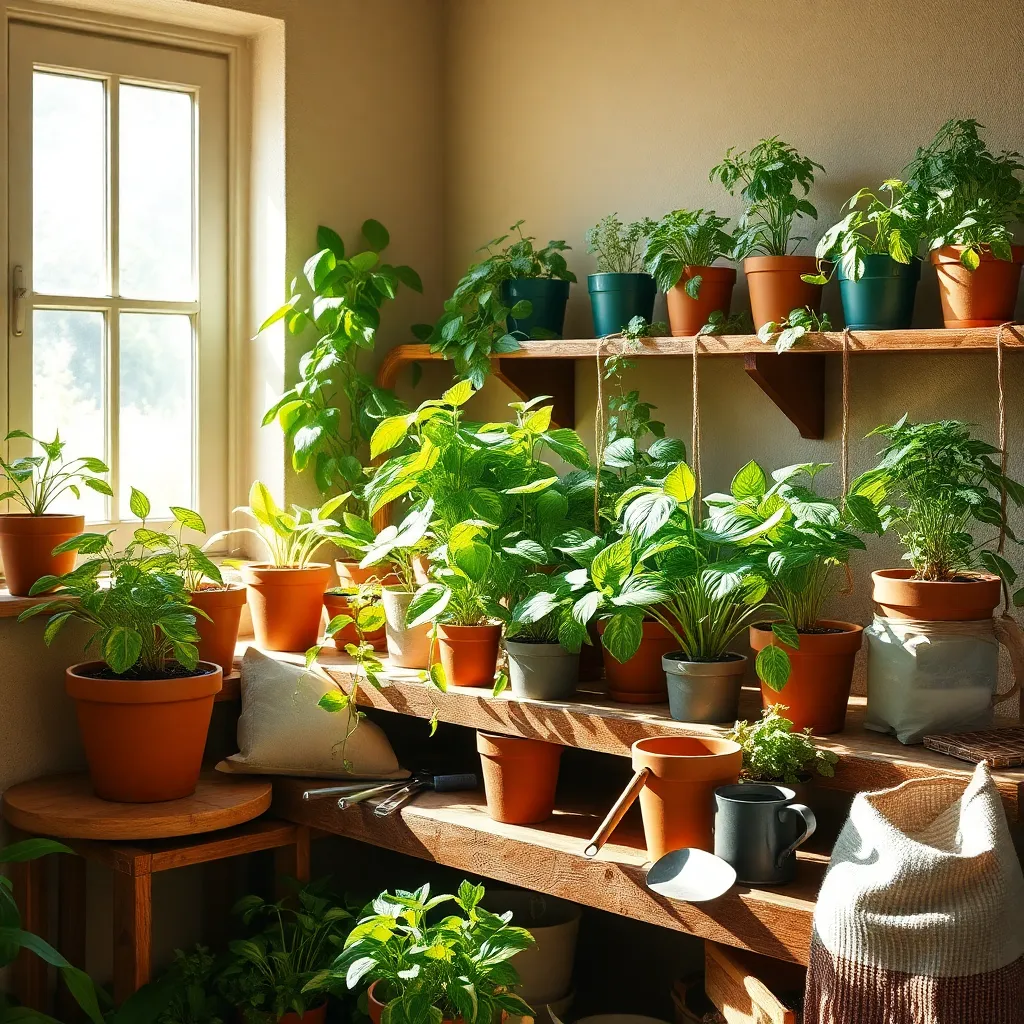
Understanding the basics of soil and potting is crucial for successful indoor gardening. For most indoor plants, a well-draining potting mix is essential as it prevents water from accumulating and causing root rot.
Choose a potting mix that contains a blend of peat moss, vermiculite, and perlite for optimal drainage and nutrient retention. Succulents and cacti prefer a grittier mix with more sand, ensuring their roots stay dry and healthy.
When choosing pots, ensure they have drainage holes to allow excess water to escape, which helps maintain the health of your plants. Consider using ceramic or terracotta pots, as they are breathable and help regulate soil moisture better than plastic.
For those looking to go the extra mile, consider adding a layer of small stones or gravel at the bottom of your pots before adding soil. This technique enhances drainage further, particularly beneficial for plants that are prone to root rot.
Troubleshooting Common Plant Issues
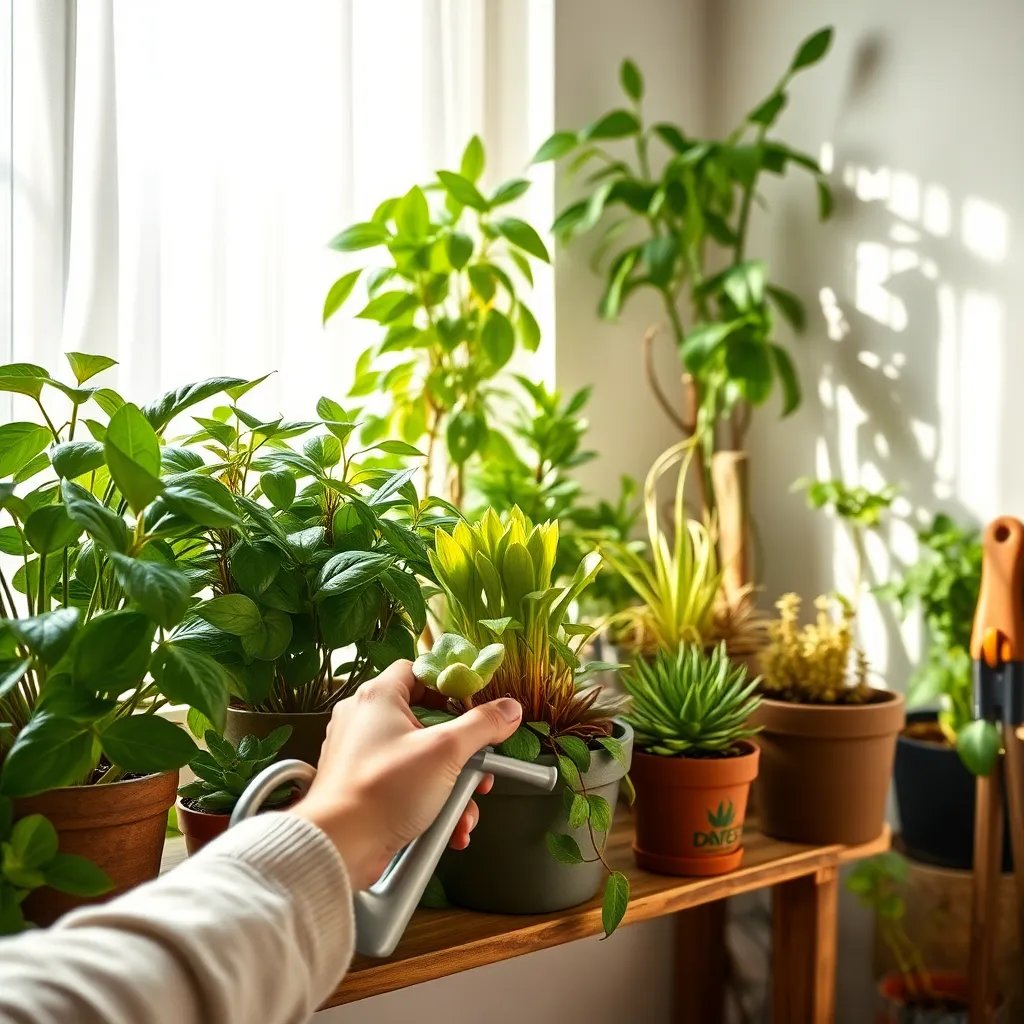
Plant issues can often be diagnosed by observing the foliage, so keep an eye out for discoloration or wilting. Yellowing leaves typically indicate overwatering, which means it’s time to reduce the watering frequency and ensure proper drainage.
On the other hand, if you notice brown tips or edges, your plant might be suffering from underwatering or low humidity. To address this, increase your watering schedule slightly and consider placing a small humidifier nearby or misting the plant regularly.
Pest infestations are another common problem that can affect indoor plants. Regularly inspect your plants for signs of pests such as tiny webs or sticky residue, which could indicate spider mites or aphids.
Should you encounter pests, use a gentle insecticidal soap or neem oil to treat affected plants, applying it according to the product instructions. For advanced care, isolate the infested plant to prevent spread and wipe down leaves with a damp cloth to physically remove pests.
Light conditions also play a critical role in plant health, so ensure your plant is receiving the appropriate amount of light. If a plant is stretching or becoming leggy, it might need more light—try moving it closer to a window or supplementing with a grow light.
Conversely, if leaves are scorched or curling, it may be receiving too much direct sunlight. In this case, move it to a location with indirect light or use a sheer curtain to diffuse the sunlight effectively.
Conclusion: Growing Success with These Plants
As we wrap up our exploration of easy indoor plants for beginners, let’s recap the five key relationship concepts that nurturing these green companions can teach us. First, patience is crucial; just as plants require time to grow, so do our relationships. Second, communication, like the right amount of sunlight, is vital—knowing the needs of our plants and partners ensures thriving connections. Third, consistency in care—whether it’s watering your plant or nurturing your bond—builds resilience. Fourth, adaptability is essential; just as plants adjust to their environments, so must we in relationships. Lastly, appreciation for growth, acknowledging the small victories, enriches both plant and human connections.
To put these insights into practice, choose one new plant to adopt and apply these principles to both its care and your relationships. As you cultivate this new life, watch how your understanding deepens and your connections flourish.
Bookmark this article for future reference, so these foundational concepts remain at your fingertips whenever you need a reminder. Remember, as you invest time and care into your plants and relationships, you’re sowing the seeds for long-lasting, fulfilling connections that will grow and blossom over time. Save this journey for your future self, and watch your world thrive.

